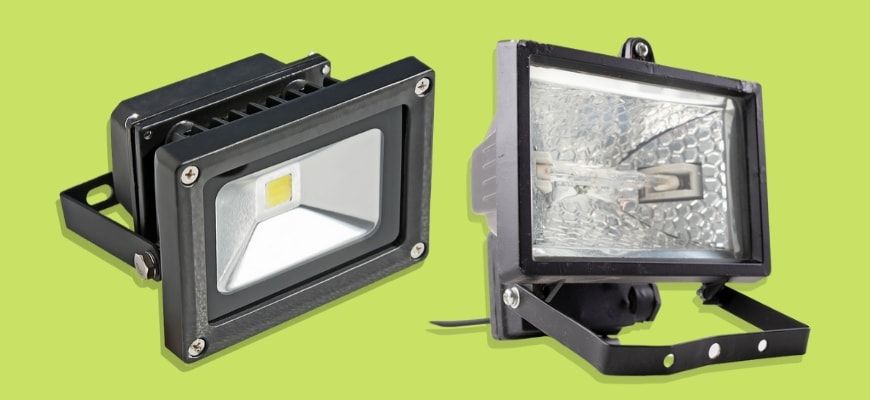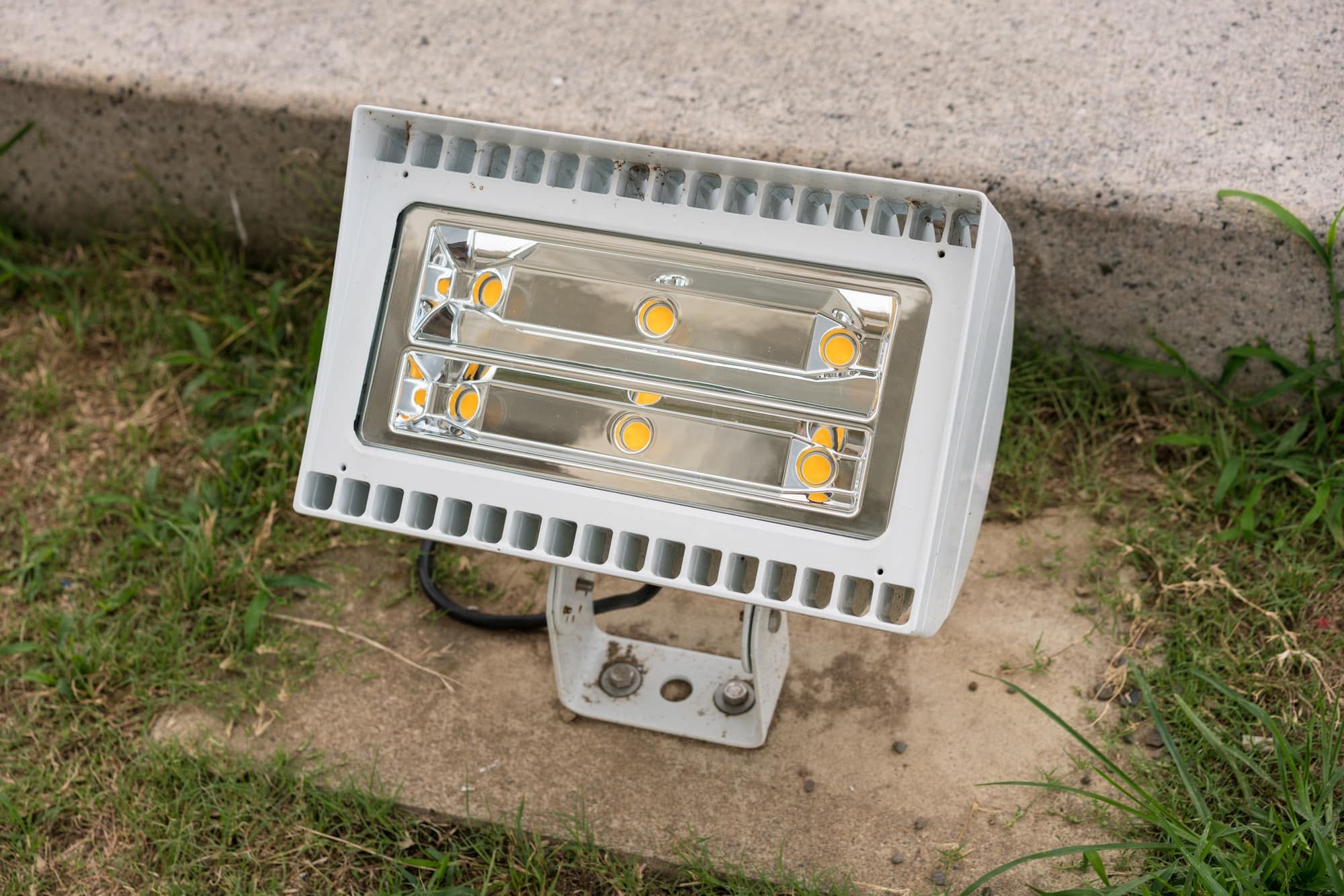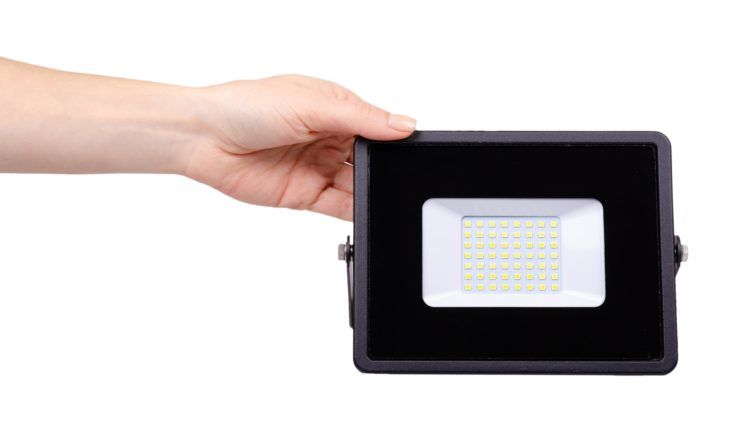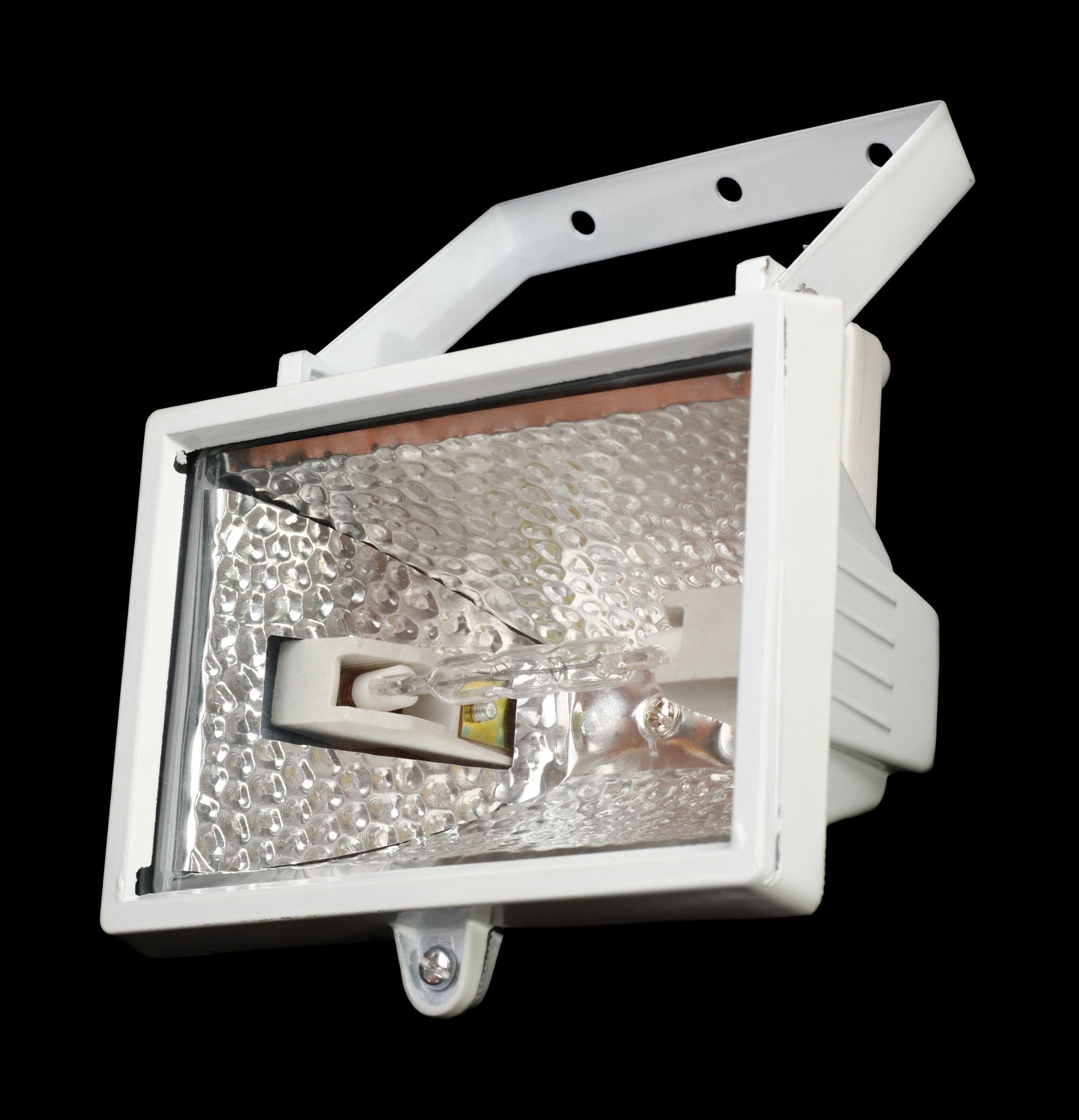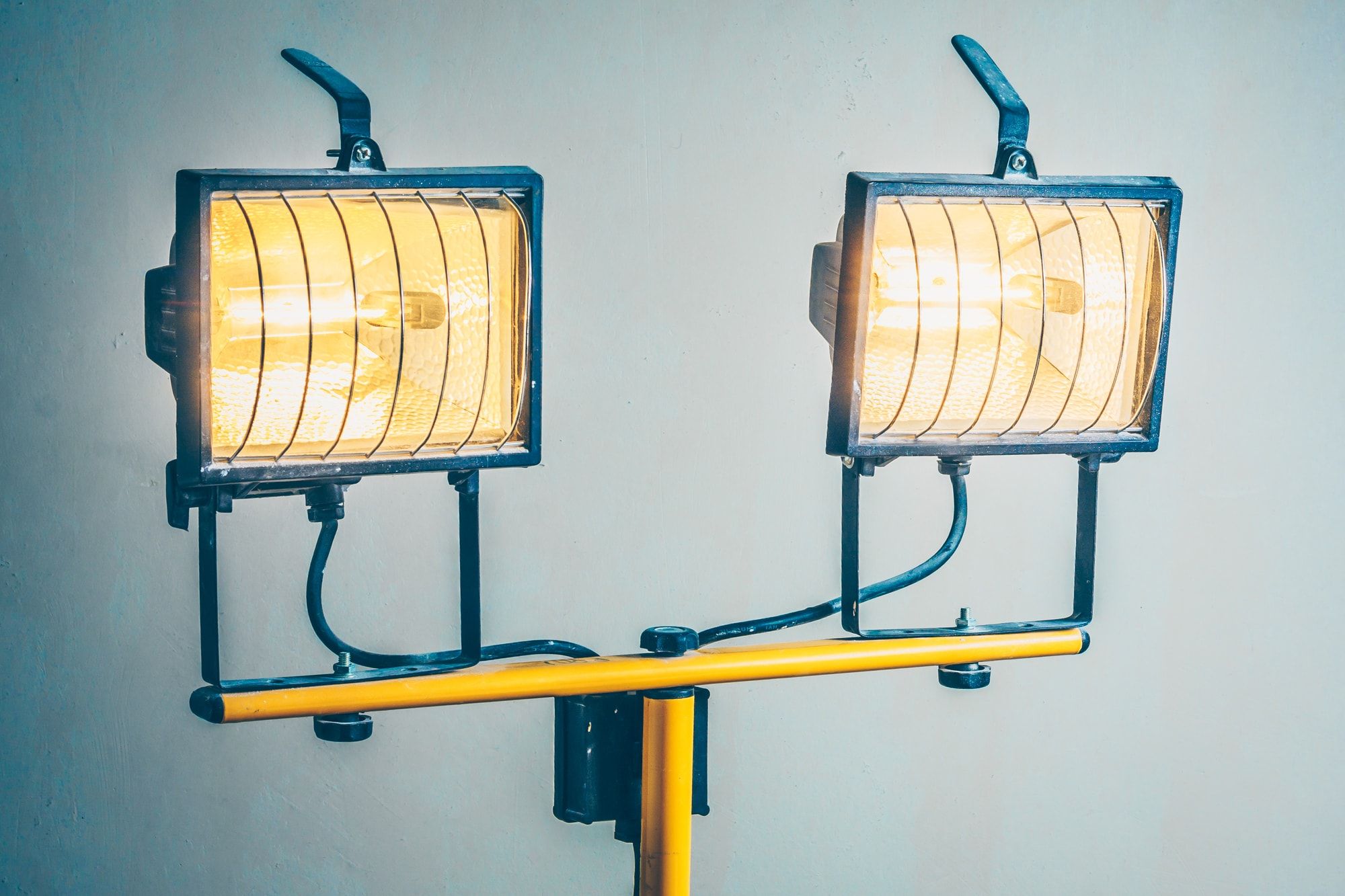You’ve made the decision to buy floodlight, but the variety of options is overwhelming. You know that you have to pay close attention to the specification, and you also know that the bulbs used in these lights can make or break the deal. But you’ve also heard that some of the most common bulbs you’ll find in floodlights are LEDs and incandescent halogens. What exactly does each light do, what are the pros and cons of choosing it, and which of them is a better match for a floodlight?
Led vs Halogen Floodlight Comparisons
|
LED Flood Lights |
Halogen Flood Lights |
|---|---|
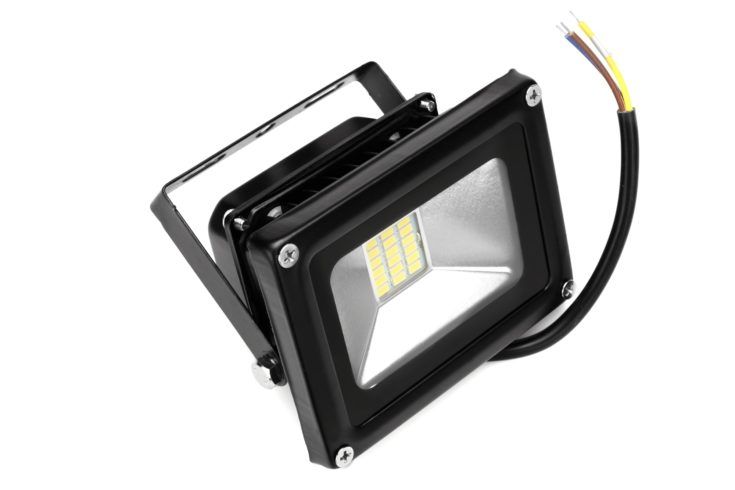
|
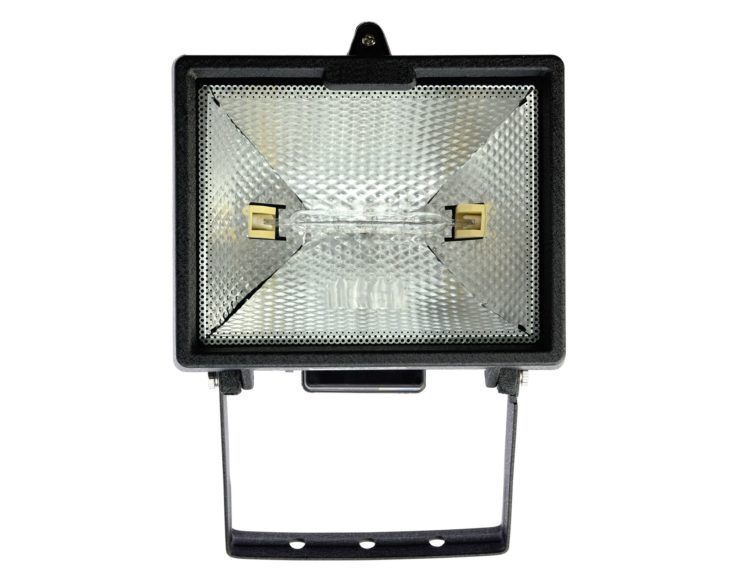
|
|
|
LED Flood Lights
Outdoor Usage
For the most part, LED lights are considered to be the best option for floodlights. They are efficient enough to serve the purpose of outdoor lighting and, considering the fact that floodlights typically require a lot of electricity, LED lights are the most cost-effective option.
Efficiency
For the most part, LED lights are more efficient compared to cfl halogens. That means that they have a better proportion of lumens per watt. In translation, a LED light consumes less energy for the same light output when compared to another type of light. Just like halogens, LED lights can turn on almost instantly, which makes them a viable option for floodlights.
Advantages
When it comes to floodlights, LEDs are often considered the go-to lights to choose. That’s because they bring a huge number of advantages to the game, like:
- A really long lifespan, longer compared to halogen light bulbs. For the most part, the lifespan of an LED diode can be between 25,000 to 100,000 hours.
- LEDs are often referred to as “solid-state lighting”, and for a good reason. LED lights aren’t easy to break as halogens, making them a more durable and reliable option from this point of view.
- When compared to halogens, LED bulbs have a much lower level of heat emission. Most of their energy is actually converted into light instead of being wasted as heat.
- They are also safer for the environment because they don’t contain any toxic substances, such as other types of lights do. They are also fully recyclable, which means they are more eco-friendly. In fact, one of the most eco-friendly combinations is a solar-powered floodlight with LED diodes.
Disadvantages
While LED lights are overall good, it’s important to know that they do bring a couple of downsides to the table, such as:
- They are quite expensive to purchase. Even if they pay themselves off in time, some people are just not willing to invest more money in the initial purchase of LED floodlights.
- It is difficult to find large floodlights that are powered by LED diodes. That’s because such fixtures are having problems in conducting all the heat of the light. Basically, a floodlight that has a powerful LED lights requires a high number of such bulbs connected very close to one another, which also means a great heat output that requires a really good heat sinking system.
Halogen Flood Lights
Outdoor Usage
Halogens used to be the most popular outdoor lights before LEDs made an appearance. While they are still considered to be one of the LED’s main competitors, they do have a lower lifespan. In terms of outdoor efficiency, it’s safe to say that halogen lights are pretty bright and they can have excellent color rendering. To avoid the issue with short lifespans, you can always opt for halogen floodlights that are equipped with a motion sensor, therefore preventing them from staying turned on the entire time.
Efficiency
Truth be told, the efficiency of halogen lights really depends on what other types of lights you compare them to. If you compared them to CFL, for instance, they have the benefit of turning on almost instantly, which makes them really compatible with floodlights. It’s also important to note that halogen lights are amongst the brightest one out there, and are often said to produce light close to that of the sun.
However, they are considered to be less efficient compared to other types of lights out there because they have a really short lifespan and the energy they produce often gets wasted as heat.
Advantages
When it comes to halogen light bulbs, it’s safe to say that they do provide some advantages, such as:
- They are generally cheaper when compared to LED diodes.
- They can be dimmed, which is something that might interest you if you’re looking to buy halogen floodlights.
- They are more compact in size, which makes them easier to integrate as part of a floodlight fixture.
- They turn on instantly, which is another benefit that can easily be paired with the concept of a floodlight.
Disadvantages
While they are quite efficient and really good when paired with floodlights, halogen lights do have a series of disadvantages that we have to mention:
- Whenever they’re turned on, halogen lights can reach extremely high temperatures, which means that you can never touch them with your bare hands after they’ve been on for a while.
- They can produce light that’s so intense, you sometimes can’t even stand to look at it.
- Even when they’ve been off, you should avoid touching them without gloves or a piece of cloth because they are sensitive to your skin’s natural oils.
Conclusion
For the most part, LED lights are considered to be a better option for floodlights, but that doesn’t make them flawless when compared to halogens. While they are the most cost and energy-effective solution, we can’t ignore the fact that you need a lot of LED diodes on a single fixture in order to get light as powerful as that given by halogens. While leaving us with one question: which of these two do you think is a much better option?

